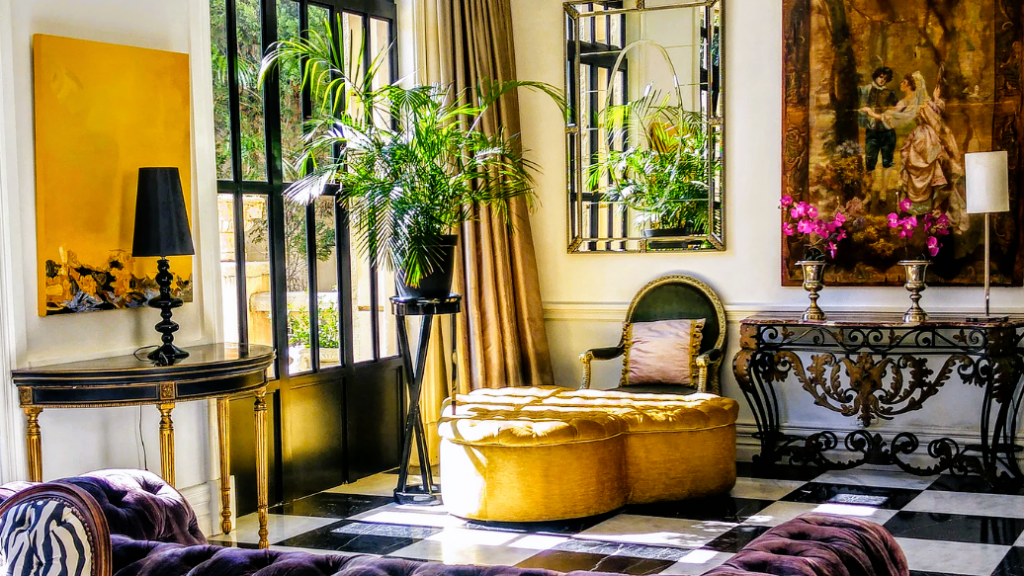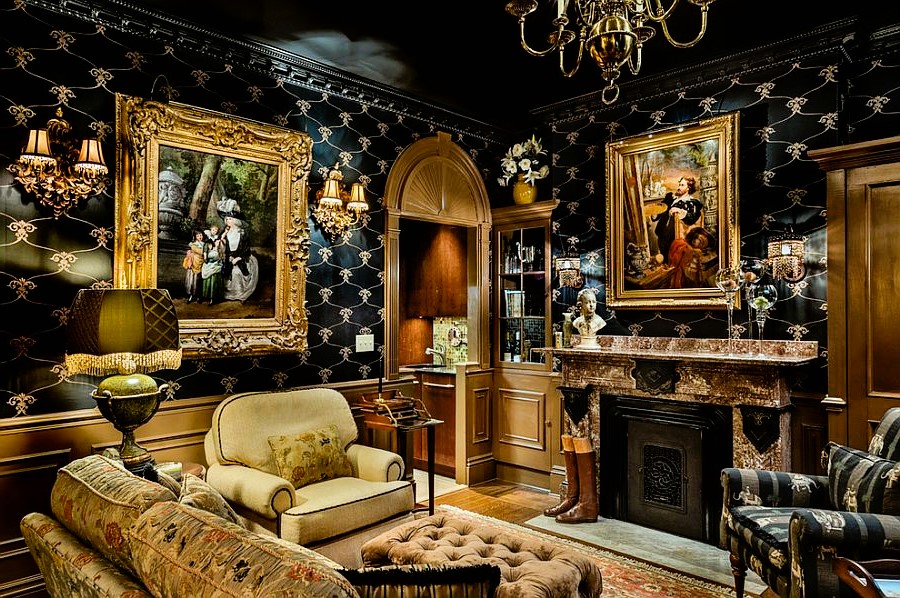In the world of interior design, the juxtaposition of old and new has taken center stage, giving rise to a trend that celebrates the incorporation of vintage finds into modern spaces. This dynamic blend of eras not only adds depth and character to interiors but also serves as a form of storytelling, connecting the present with the past. In this article, we’ll explore the art of seamlessly integrating vintage treasures into contemporary aesthetics, and how adherence to standardization ensures a harmonious fusion.
The Allure of Vintage Finds: A Journey Through Time
Vintage pieces carry a sense of history and nostalgia that can’t be replicated by modern furnishings. Whether it’s a weathered wooden cabinet, a mid-century modern chair, or an ornate mirror with intricate detailing, these pieces come with stories of their own. The allure lies in the uniqueness and authenticity that vintage finds bring to a space.
Incorporating vintage items isn’t just about aesthetics; it’s a way of paying homage to craftsmanship of the past and preserving the beauty of bygone eras. Each piece has a distinct personality, and the challenge lies in integrating these treasures seamlessly into contemporary interior designs.
Creating Harmony: Balancing Vintage and Modern Elements
The key to successfully integrating vintage finds into modern interiors lies in achieving balance and cohesion. Here are some strategies to consider:
- Select a Focal Piece: Begin with a standout vintage piece that will serve as the focal point of the room. This could be an antique table, a retro light fixture, or a vintage rug.
- Neutral Palette: Opt for a neutral color palette for the larger, modern elements in the space. This provides a neutral backdrop that allows vintage pieces to shine.
- Mix and Match: Combine vintage and modern elements throughout the room. For example, pair a sleek contemporary sofa with a vintage coffee table.
- Textures and Materials: Pay attention to textures and materials. Incorporate modern textiles that complement the vintage pieces while adding a touch of comfort.
- Spatial Arrangement: Carefully consider the layout to ensure that vintage and modern pieces are strategically placed for a cohesive flow. Unveiling the Magic of Bay Windows: Styles and Benefits.

Standardization and Quality Assurance
When integrating vintage furniture into modern spaces, it’s important to ensure that the pieces are not only aesthetically pleasing but also safe and functional. Standardization organizations play a vital role in establishing guidelines that govern the restoration, refurbishment, and use of vintage items.
Relevant Links:
- Wikipedia: The Wikipedia page on “Antiques” offers insights into the history and value of vintage items, shedding light on the significance of incorporating these pieces into modern interiors.Website: Wikipedia – Antiques
A Harmonious Blend of Time Periods
The integration of vintage finds into modern interior aesthetics is an art that requires an understanding of design principles, historical context, and a keen eye for detail. By thoughtfully selecting and arranging vintage pieces while adhering to safety and quality standards, designers and homeowners can create spaces that are not only visually captivating but also emotionally resonant. The resulting interiors serve as a testament to the beauty of blending the past with the present in a harmonious dance of styles and stories.

